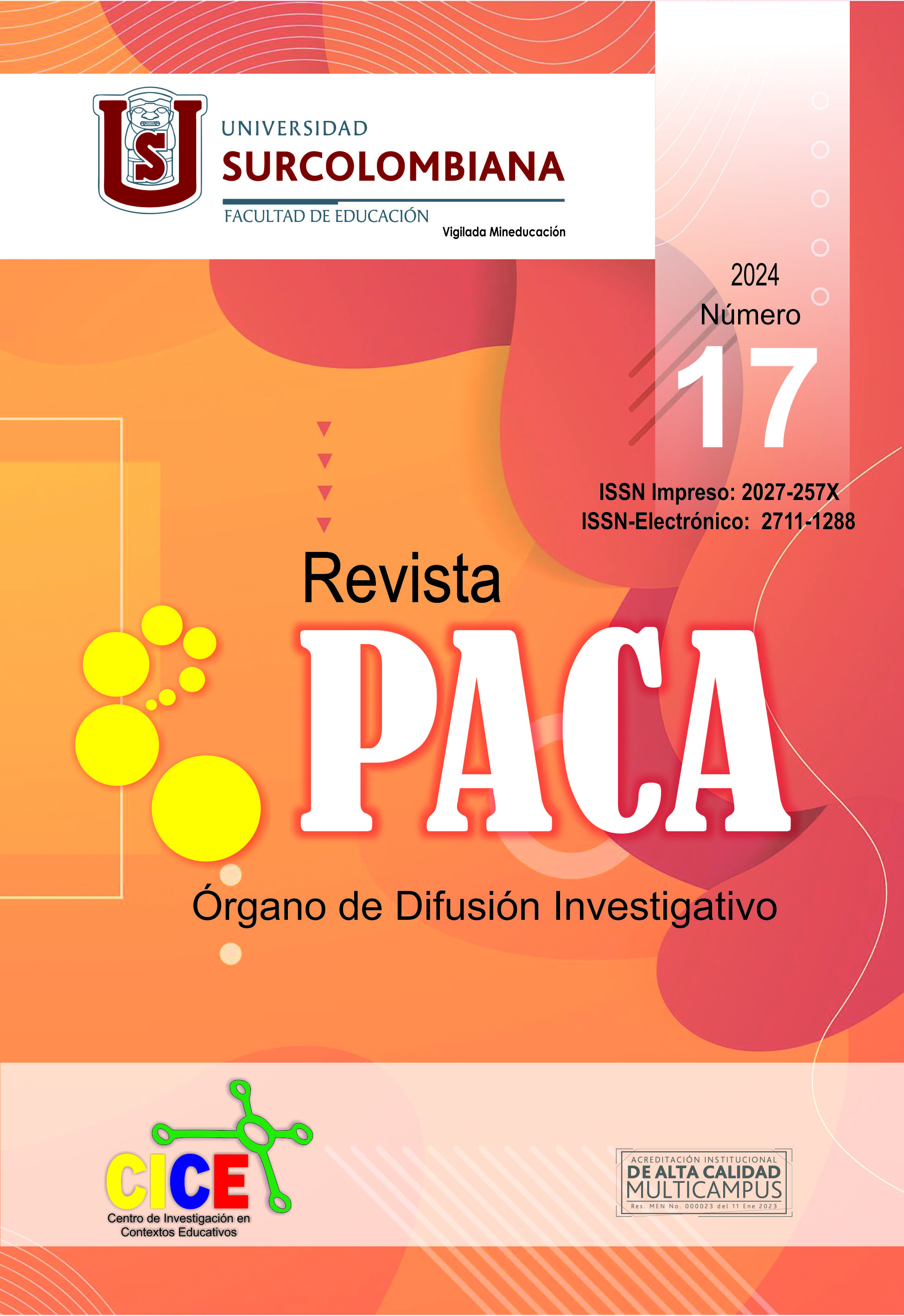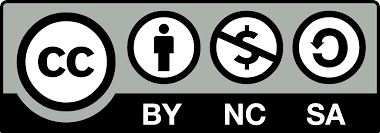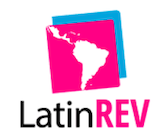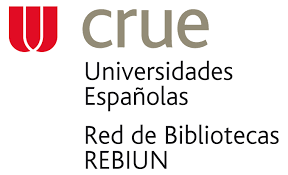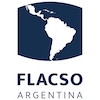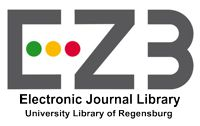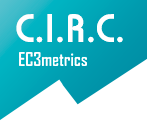The Narrative of Life Stories in the Production of Oral Texts using Storytelling as a Didactic Proposal
##plugins.themes.bootstrap3.article.main##
The main purpose of this study was to establish the incidence of the Narrative of Life Stories in the Production of Oral Texts of the students of the fifth grade of the Educational Institution La Merced, Sede Nuestra Señora del Rosario del Agrado, Huila. It was done using the qualitative approach. The focal audience consisted of six fifth grade students, who were randomly
chosen considering the equitable participation of boys and girls. To collect the information, the technique of intentional dialogue, direct and indirect observation, pedagogical mediation and the evaluation rubric were used. The information analysis was carried out using the triangulation technique. The results are presented taking into account each of the techniques used
to gather information. These results give evidential strength and lead to the solution of the research question. It is concluded that the narrative of life stories affects the oral production of fifth grade students, through culture, representation, preferences, setting and accompaniment; categories that were evidenced in the analysis of each of the stories produced. Likewise,
the oral production of the fifth grade students was characterized from the intentional dialogue, which allowed to know the level of oral production of the participants.
Downloads
##plugins.themes.bootstrap3.article.details##
Álvarez-Gayou, J. (2003). Cómo hacer investigación cualitativa: Fundamentos y metodología. (2a ed.). México: Paidós. http://www.derechoshumanos.unlp.edu.ar/assets/files/documentos/como-hacer-investigacioncualitativa.
Amórtegui, L. F. (2017). Mediación y lectura en voz alta: Estrategias para la oralidad (Tesis de pregrado). Universidad Pedagógica Nacional, Bogotá.
Ausubel, D. (1983). Teoría del aprendizaje significativo. http://www.conductitlan.org.mx/07_psicologiaeducativa/Materiales/E_Teoria_del_
Aprendizaje_significativo.pdf
Gómez, L. & Londoño, D. (2019). El papel del docente para el logro de un aprendizaje significativo apoyado en las TIC. Encuentros, 17(2), pp. 118-131. https://www.researchgate.net/publication/337554154_Teachers_role_in_the_meaningful_learning_achievement_based_on_ICT
González, D. (2009). Estrategias de aprendizaje para el desarrollo de la producción oral en la Licenciatura en Lenguas Modernas de la
Pontificia Universidad Javeriana (Monografía de grado). Pontificia Universidad Javeriana, Bogotá, D.C. https://docplayer.es/5807566-Estrategias-de-aprendizaje-para-el-desarrollo-de-la-produccion-oralen-la-licenciatura-en-lenguas-modernas-de-la-pontificia-universidad-
javeriana.htm.
Goodson, I. (2010). Narrative learning. New York, Routledge.
Hernández, F. (s/f). Mi trayectoria por la perspectiva narrativa de investigación en educación. Documento inédito entregado a los y las estudiantes del máster Artes y Educación: Un enfoque construccionista de la Universidad de Barcelona.
Hernández, R., Fernández, C. & Baptista, M. (2014). Metodología de la investigación (Sexta ed.). México: Mc Graw Hill. http://observatorio.
epacartagena.gov.co/wp-content/uploads/2017/08/metodologia-dela-investigacion-sexta-edicion.compressed.pdf
López, P. (2017). El storytelling: Beneficios y aplicación en la enseñanza primaria (Tesis de Maestría). Universitat Jaume, Castelló, España.
Miles, M.B. & Huberman, A.M. (1994). Quatlitative data analysis: An expanded sourcebook (2a Ed.). Thousand Oaks, CA: Sage.
Ortiz, F (2003). Diccionario de metodología de la investigación científica. México: Limusa.
Pilonieta, G. (2000). Dos tipos de mediación. http://www.cisne.org/www.cisne. org/docs/Mediacion/DOS_TIPOS_DE_MEDIACION. doc].
Prieto, D. (1995). Nuevas tecnologías aplicadas a la educación superior. Bogotá D.C.: ICFES.
Ramírez, M. (2009). Tradición oral en el aula (1a ed.). Costa Rica https://ceccsica.info/sites/default/files/content/Volumen_16.pdf
Reyes, E. (2009). Habilidades lingüísticas orales y escritas para la lectura y escritura en niños preescolares. Avances en Psicología Latinoamericana, 32(1), pp. 21-45. https://revistas.urosario.edu.co/index.php/apl/article/view/apl32.1.2014.02/pdf
Rodero, E. (mayo 10 de 2015). La velocidad óptima para hablar está entre las 170 y las 190 palabras por minuto, según un estudio. https://www.20minutos.es/noticia/2456070/0/velocidad-hablar/palabrasminuto/estudio/
Rubin, H. J. & Rubien, I. S. (1995), Qualitative interviewing: The art of hearing data. Thousand Oaks, CA; Sage.
Tobón, S. (2004). Formación basada en competencias: Pensamiento complejo, diseño curricular y didáctico. Bogotá: Ecoe Ediciones.
Villar, F. & Triadó, C. (2006). El estudio del ciclo vital a partir de historias de vida: Una propuesta práctica. Barcelona: Edicions de la Universitat de Barcelona. https://www.researchgate.net/publication/263659151_El_estudio_del_ciclo_vital_a_partir_de_historias_de_vida_Una_
propuesta_practica
Zapata, C. & Mesa, J. (2008). Los modelos de diálogo y sus aplicaciones en sistemas de diálogo hombre-máquina: revisión de la literatura. Dyna: Revista Facultad Nac Minas, 76(160). http://www.scielo.org.co/scielo.php?script=sci_arttext&pid=S0012-73532009000400030


